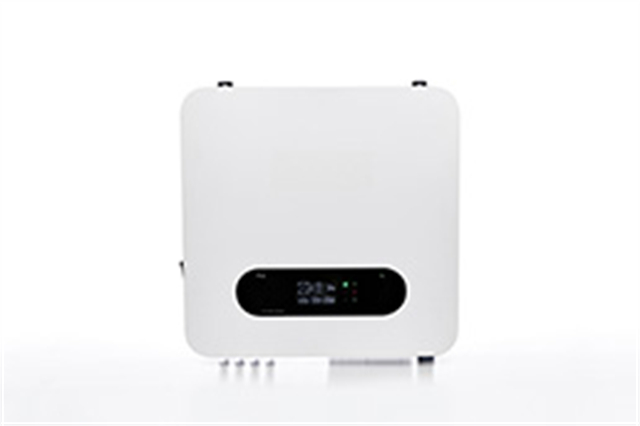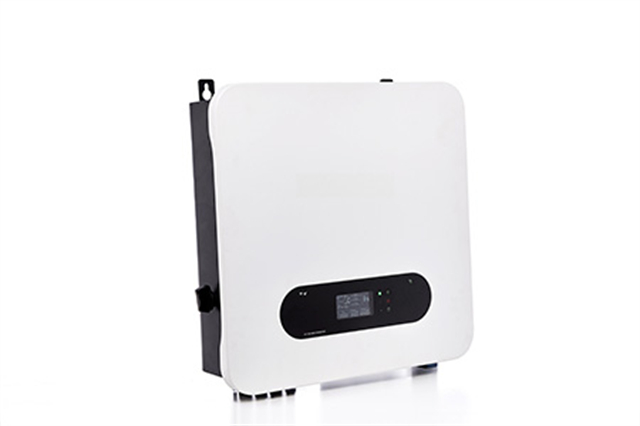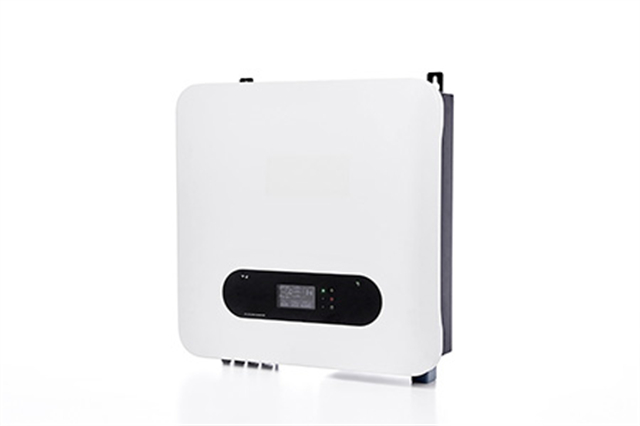Author:BLD Solar Energy SystemFROM:Solar System Converter Manufacturer TIME:2023-10-25
Introduction:
On-Off grid inverters play a vital role in the renewable energy sector, providing seamless power conversion between off-grid and grid-connected systems. With the increasing demand for clean and sustainable energy sources, it is crucial to simplify the installation process of these inverters. This article aims to explore various measures and techniques that can help streamline the installation of on-off grid inverters, ensuring efficiency and effectiveness.

Before installing an on-off grid inverter, thorough pre-installation planning is essential. This step involves a comprehensive assessment of the site conditions, load requirements, and available energy resources. By conducting a detailed analysis, installers can determine the optimal location for the inverter, assess the capacity needs, and plan for any necessary infrastructure upgrades.

To simplify the installation process, the development of user-friendly and efficient mounting systems is crucial. These systems should be designed to accommodate various types of inverters and enable quick and secure installation. Implementing standardized mounting systems can also minimize the need for custom solutions, reducing both installation time and costs.

One of the key challenges in on-off grid inverter installation is the wiring and connectivity aspect. Simplifying this process by implementing plug-and-play connectivity solutions can greatly enhance the installation efficiency. These systems allow for easy and swift interconnection between the inverter, battery storage, and renewable energy sources, minimizing the complexity associated with wiring.
Integrating intuitive user interfaces into on-off grid inverters can significantly simplify the installation process. User-friendly interfaces with clear instructions and visual aids can guide installers through the setup and configuration steps, reducing the learning curve and ensuring accurate installation. Additionally, remote monitoring capabilities can provide real-time feedback, facilitating troubleshooting and system optimization.
Streamlining the commissioning procedures is crucial for efficient on-off grid inverter installation. By developing standardized checklists and protocols, installers can ensure that all necessary steps are followed in a systematic manner. This includes verifying proper connections, configuring settings, performing safety checks, and conducting functional tests to confirm the correct operation of the inverter under different operating conditions.
Offering comprehensive training and certification programs for installers can greatly enhance the efficiency of on-off grid inverter installation. These programs should cover the technical aspects of installation, operation, and maintenance, as well as the safety protocols. By equipping installers with the necessary knowledge and skills, potential installation errors can be minimized, ensuring safe and reliable operation of the inverters.
Providing clear and detailed installation guidelines is essential for simplifying the installation process. Step-by-step instructions, accompanied by illustrations or videos, can assist installers in understanding the installation requirements and procedures. These guidelines should cover aspects such as electrical wiring, grounding, safety precautions, and any specific considerations associated with different on-off grid inverter models.
Collaboration between manufacturers and installers is crucial for continuously improving the installation process of on-off grid inverters. Manufacturers should actively seek feedback from installers and incorporate their suggestions and recommendations into product design and installation instructions. Regular communication and knowledge-sharing sessions can help identify common challenges and develop best practices for efficient and simplified installations.
In conclusion, simplifying the installation of on-off grid inverters is essential to meet the increasing demand for renewable energy solutions. By implementing measures such as pre-installation planning, streamlined mounting systems, plug-and-play connectivity, intuitive user interfaces, standardized commissioning procedures, training programs, clear guidelines, and collaboration with installers, the installation process can be made more efficient and effective. These efforts will not only save time and costs but also ensure the widespread adoption of on-off grid inverters for a sustainable future.
